Propositions show what they say: tautologies and contradictions show that they say nothing
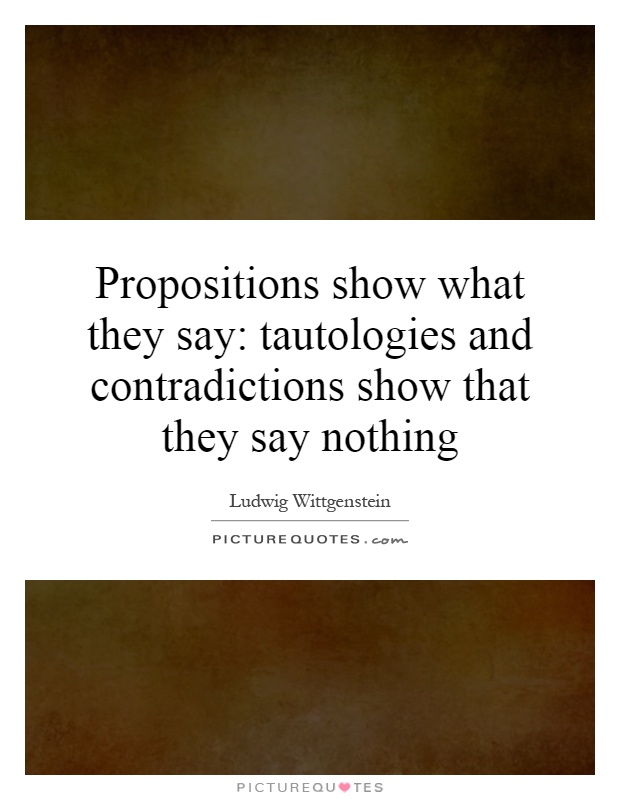
Propositions show what they say: tautologies and contradictions show that they say nothing
Ludwig Wittgenstein, a prominent figure in the field of philosophy, is known for his work on language, logic, and the nature of propositions. One of his key ideas is that propositions show what they say, meaning that the meaning of a proposition is determined by its truth value. In other words, a proposition is meaningful if it can be either true or false.Wittgenstein also believed that tautologies and contradictions are special types of propositions that reveal important insights about language and logic. Tautologies are propositions that are always true, regardless of the truth values of their components. For example, the proposition "A or not A" is a tautology because it is always true, no matter what the truth value of A is. Contradictions, on the other hand, are propositions that are always false, regardless of the truth values of their components. For example, the proposition "A and not A" is a contradiction because it is always false.
Wittgenstein argued that tautologies and contradictions show that they say nothing because they do not convey any new information. Tautologies are trivially true, while contradictions are trivially false, so they do not add anything to our understanding of the world. Instead, they simply demonstrate the logical relationships between different propositions.
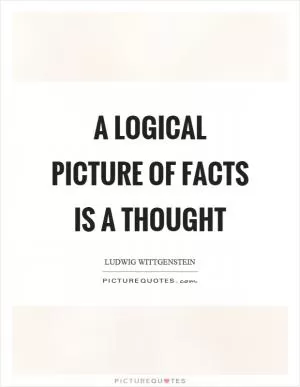



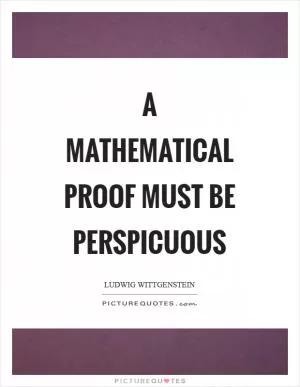
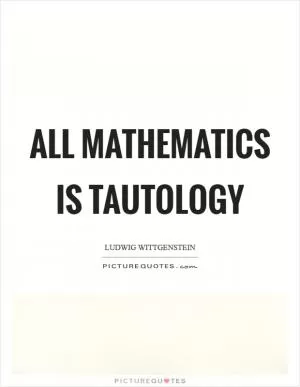



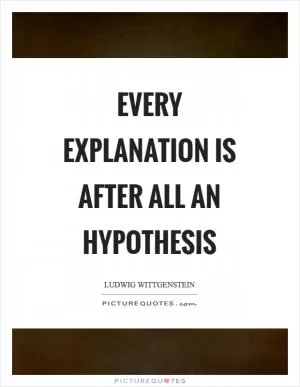
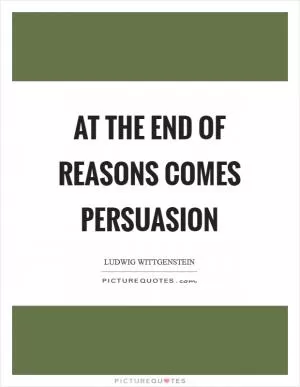

 Friendship Quotes
Friendship Quotes Love Quotes
Love Quotes Life Quotes
Life Quotes Funny Quotes
Funny Quotes Motivational Quotes
Motivational Quotes Inspirational Quotes
Inspirational Quotes